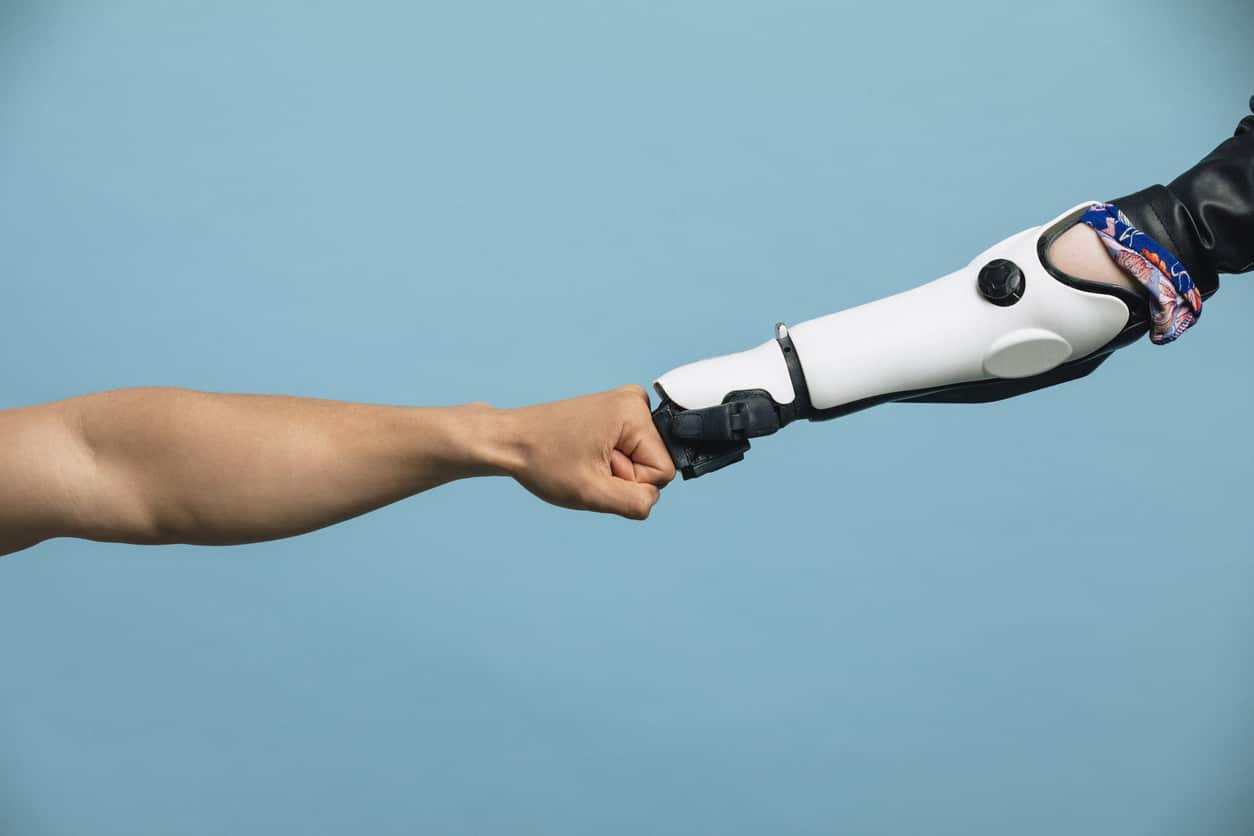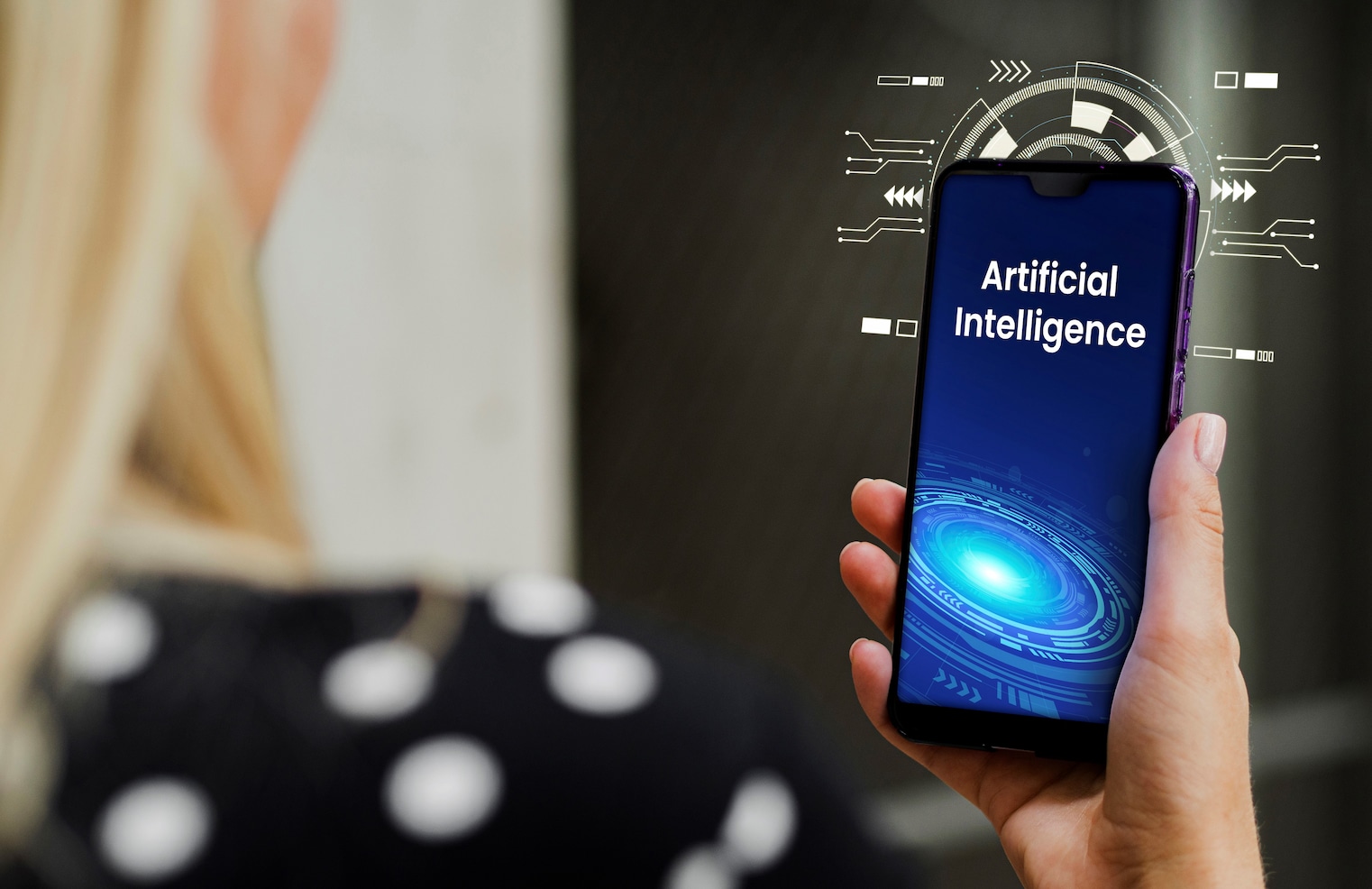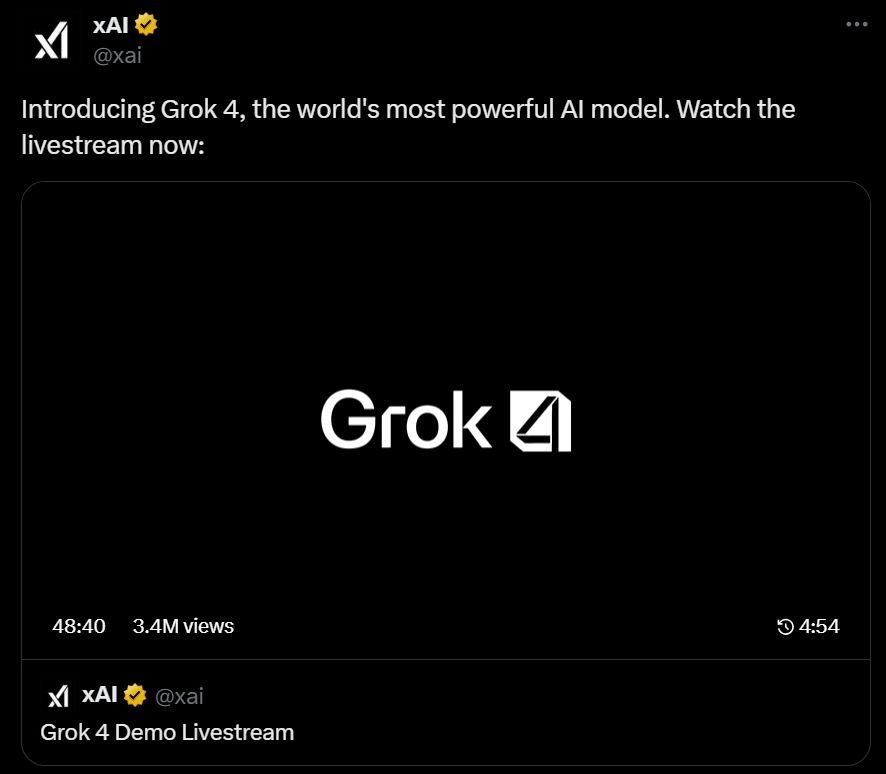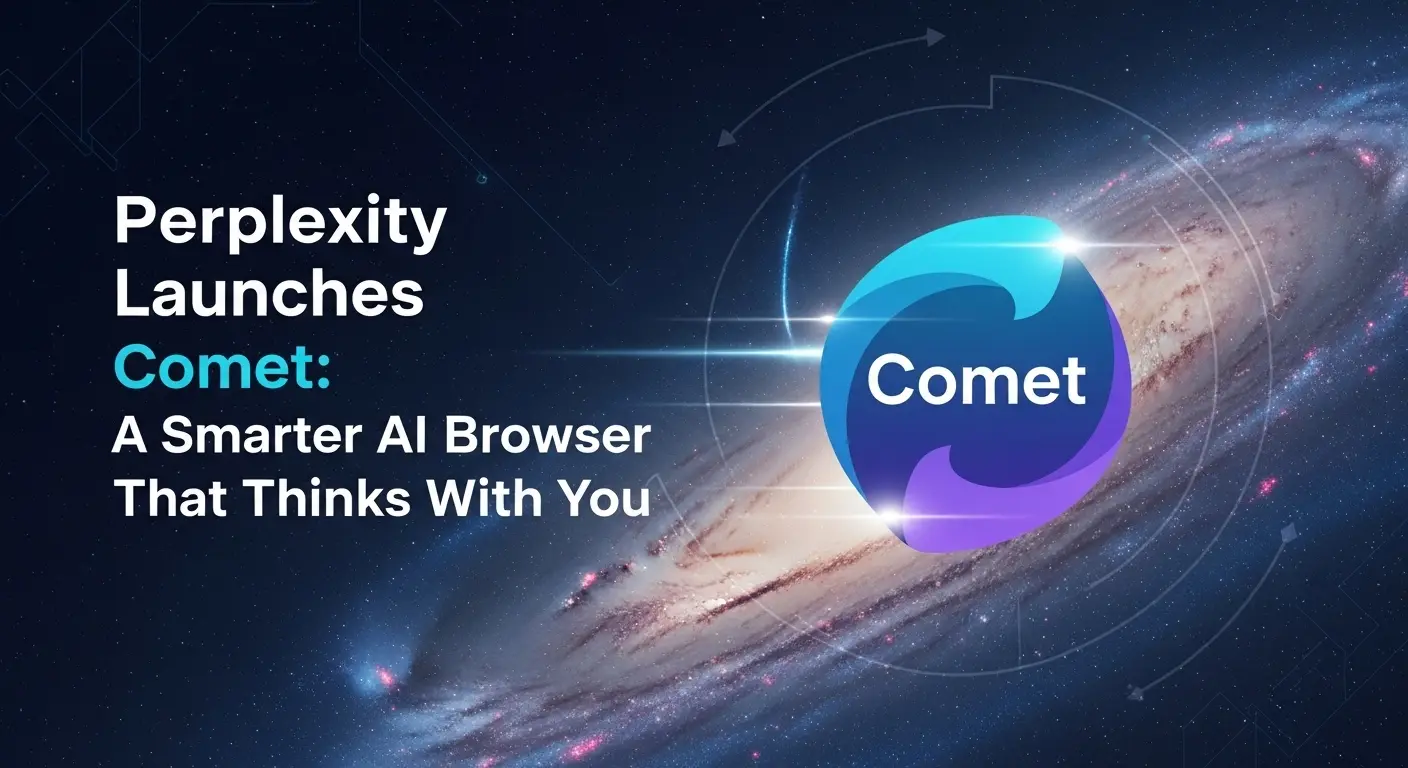Artificial intelligence has transformed how we live. Many facets of everyday life have changed immeasurably over the past 20 years, with the widespread proliferation of AI-enabled systems. At Great Learning, we believe that everyone should have at least a basic understanding of AI - and that includes children - to succeed in a highly competitive world. For example, let’s consider a couple of case studies from finance and human resources that underline the transformational impact of AI.
Think back to what banking looked like 20 years ago. If one wanted to get a loan, typically, you would fill in a bunch of forms, then you would meet your friendly bank manager, who would evaluate your application on its merits and come to a decision as to whether you get that loan. That is not how it works anymore - in today’s world; you can apply for a loan through your phone and get a decision within seconds. Every part of the process - from checking that your forms are filled correctly, deciding if you should be given a loan, and recommending the right product to you - is all powered by AI.
Similarly, has anyone you know applied for an in-demand job lately? Chances are, when you submit your CV through an online job portal, it is not a human reading through your application and deciding whether you would be a fit. Quite likely, an AI application parses your resume for relevant keywords and shortlists a handful of candidates to be taken to the next stage of the recruitment process.

It is our firm belief that everyone should understand the fundamentals of AI if they wish to understand the world around them. But why kids? 20 years ago, it would have been near impossible to teach children how to leverage the power of AI. This is because building any AI-based application required expert levels of programming know-how and access to computational resources and data. These resources were only available to graduate students and working professionals at large companies or research organizations. In fact, 80% of the task was in building the infrastructure like collecting data, writing code on distributed and high computing systems, etc., instead of focusing on leveraging machines to solve real-world problems, such as designing systems to assist with PTE Exam preparation and performance improvement.
However, today’s world is very different. Access to data has become democratized and computation has become extremely cheap and cloud-based. The focus has thus shifted from building the AI infrastructure to leveraging an ever-growing set of algorithms and models being developed on the cloud. For example, when I was heading the customer survey product at Qualtrics, we had built a sophisticated NLP (Natural Language Processing) algorithm that would analyze thousands of words of customer feedback for our clients. It had taken our army of Ph.D. graduates in computer science and statistics more than 3 years to build. However, today one can call a simple API from Google Cloud NLP or AWS and do the same thing for just a few cents per API call. And since Google Cloud and AWS NLP systems train their models on billions of pieces of text on the internet every day, their algorithms are far superior to anything that my team could have built. The focus has thus shifted from learning how to code to learning how to use these ‘best of breed’ AI systems and algorithms on the cloud to do what really matters - build applications and solve problems.
Let’s take a couple of examples of applications that we see our teenage students building with minimal direction:
- An application to predict when flight tickets will be at their cheapest throughout the year
- An application to detect someone’s emotional state by studying pictures/videos of their face
- An application to detect tumors from MRI images
20 years ago, the resources and know-how to build such applications would have only been available to PhD students and industry R&D professionals. But in today’s world, we see teenagers building and deploying these applications in a matter of days. In fact - let’s take the inspirational example of Tanmay Bakshi, who at the age of 14 is an AI expert at IBM, solving real world problems like helping a quardiplegic girl communicate - this person cannot talk or make gestures. Tanmay’s work is less about programming (he says so himself) and more about leveraging the power of deep learning technologies.
Hence, we hope you are convinced that the time to learn AI is now. Once you understand how to leverage AI tools, the possibilities of what you can build are only constrained by your imagination. Whether you’re looking to build for societal good, or to start a commercial venture of your own, AI is the answer. Plus, universities are beginning to notice. Having a portfolio of advanced AI-enabled projects will help a student in the competitive college admissions process.
Don’t take our word for it though. Enroll your child in one of our free 60-minute long demo sessions, where they complete a live exercise in a small batch with one of our highly rated AI mentors. Click the registration link for more information. We look forward to seeing you there!






